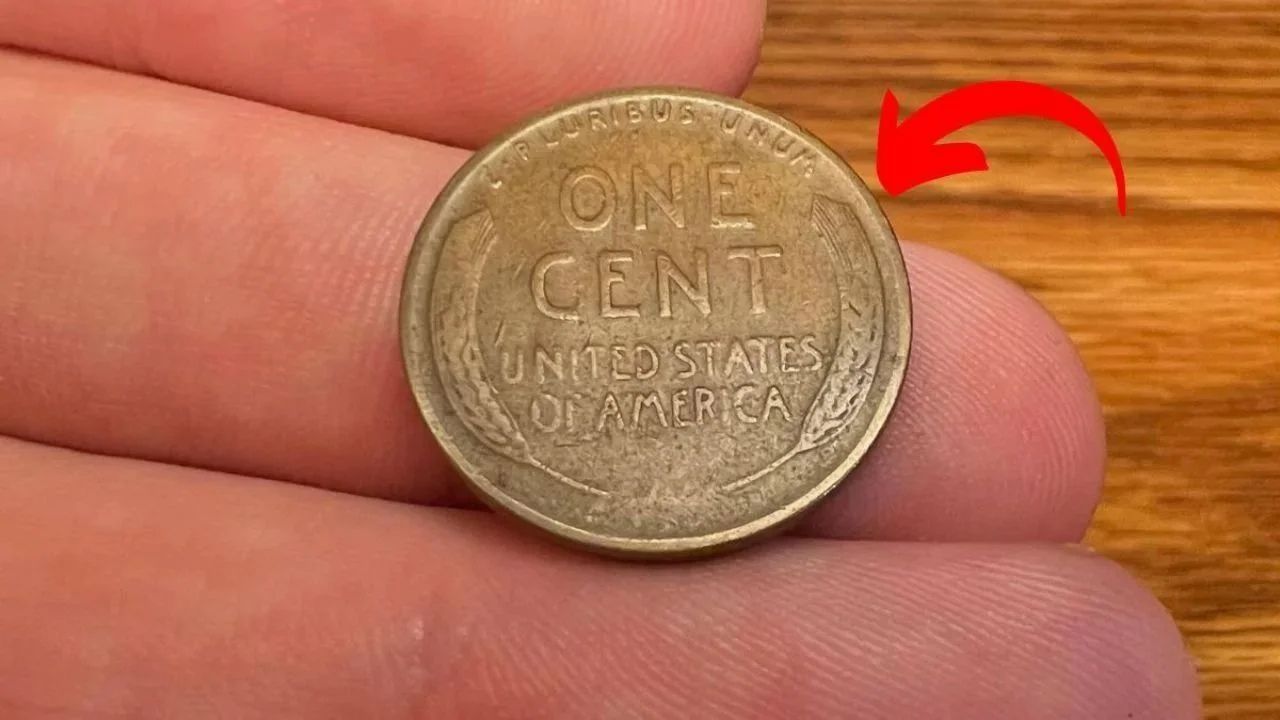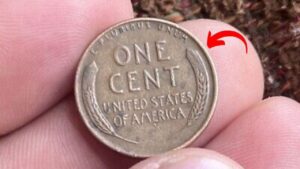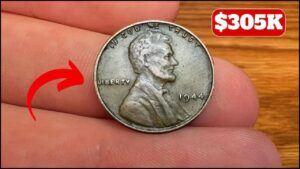Have you ever ignored a penny on the sidewalk, thinking it’s not worth picking up? What if that small coin could be worth almost $880,000? The Lincoln Wheat Penny, a common-looking coin, has some rare versions that can change your life. In this guide, we’ll dive into the history of this iconic penny, explain why some are so valuable, and show you how to spot one in your pocket change.
This article is optimized for search engines with simple language, clear headings, and practical tips to help you find a rare Lincoln Wheat Penny.
What Is the Lincoln Wheat Penny?
The Lincoln Wheat Penny is a famous U.S. coin first made in 1909 to celebrate the 100th anniversary of President Abraham Lincoln’s birth. It was the first American coin to feature a real person instead of symbols like Liberty or eagles. Designed by Victor D. Brenner, the front (obverse) shows Lincoln’s face looking right, and the back (reverse) has two wheat stalks, which is why it’s called the “Wheat Penny.”
The U.S. Mint produced these pennies from 1909 to 1958, when the design changed to show the Lincoln Memorial. Billions were made, but a few rare ones are now worth a fortune.
Key Facts About the Lincoln Wheat Penny
- Coin Name: Lincoln Wheat Penny
- First Made: 1909
- Rare Year: 1943 (Copper Version)
- Normal Material in 1943: Zinc-coated steel
- Rare Material: Copper
- Top Value: Up to $880,000
- Still Out There?: Yes, but very rare
- How to Spot It: Wheat stalks on the back; copper color for 1943
Why Is the 1943 Lincoln Wheat Penny So Valuable?
Not every Lincoln Wheat Penny is worth big money, but the 1943 copper version is a collector’s dream. Here’s why:
During World War II, in 1943, the U.S. Mint stopped using copper for pennies to save it for war supplies like bullets. Instead, they used zinc-coated steel, making most 1943 pennies look silver. By mistake, a few copper blanks from 1942 were used to make pennies in 1943. These “error coins” are super rare—only about 40 are known to exist.
A 1943 copper Wheat Penny in perfect condition can sell for up to $880,000 at auctions, making it one of the most valuable coins in U.S. history.
Other Rare Wheat Pennies to Watch For
While the 1943 copper penny is the star, other Wheat Pennies can also be valuable:
- 1909-S VDB: A penny with the designer’s initials “VDB” on the back, made in San Francisco, can be worth thousands.
- 1955 Doubled Die: This penny has a printing error where the date and words look doubled, valued at hundreds or more.
Could a $880,000 Penny Be in Your Change?
Yes, it’s possible! Many people don’t know about rare coins, so a valuable 1943 copper penny could be in a cash register, coin jar, or even your pocket. Stories of people finding rare coins in old family collections or everyday change prove it can happen.
If you have a stash of old pennies, it’s worth checking them carefully. You might discover a hidden gem.
How to Spot a Valuable Lincoln Wheat Penny
Ready to hunt for a rare penny? Follow these easy steps to check your coins:
Step 1: Look at the Date
Find a 1943 Lincoln Wheat Penny. Most 1943 pennies are silver-colored (made of steel). If you see one that’s copper or reddish-brown, it could be the rare version.
Step 2: Test with a Magnet
Grab a magnet. Steel pennies will stick to it, but copper pennies won’t. If your 1943 penny doesn’t stick, you might have a winner.
Step 3: Check the Condition
The better the penny looks, the more it’s worth. A worn 1943 copper penny can still be worth thousands, but a shiny, uncirculated one could hit $880,000.
Step 4: Don’t Clean It
Never polish or scrub a coin. Cleaning can lower its value because collectors want coins in their original state.
Step 5: Get It Checked
If you think you’ve found a rare penny, take it to a trusted coin dealer or send it to a grading service like PCGS or NGC. They’ll verify if it’s real and tell you its value.
Why People Love the Lincoln Wheat Penny
The Lincoln Wheat Penny isn’t just about money—it’s a piece of American history. It reminds us of a time when coins were beautifully designed and carried meaning. For many, collecting these pennies started with a gift from a grandparent or finding one in childhood.
The idea that a one-cent coin could be worth nearly a million dollars makes collecting exciting. It’s a mix of history, rarity, and the thrill of discovery.
Conclusion: Start Your Treasure Hunt Today
Next time you see a penny, don’t walk past it. That small coin could be a rare 1943 copper Lincoln Wheat Penny worth up to $880,000. Whether you’re new to coin collecting or a pro, checking your change or old coin jars could lead to a life-changing find.
Grab your pennies, follow our guide, and start hunting for your own piece of American history. Who knows? A fortune might be hiding in plain sight!




